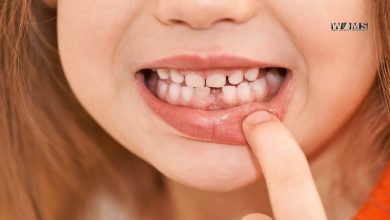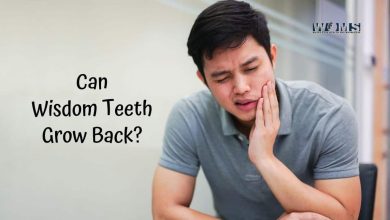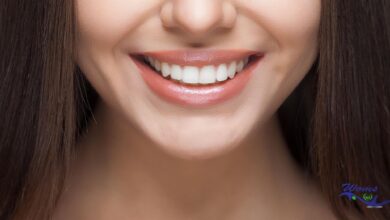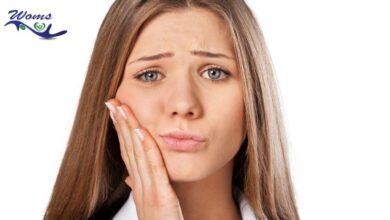Why Are My Teeth Yellow When I Brush Them Everyday?
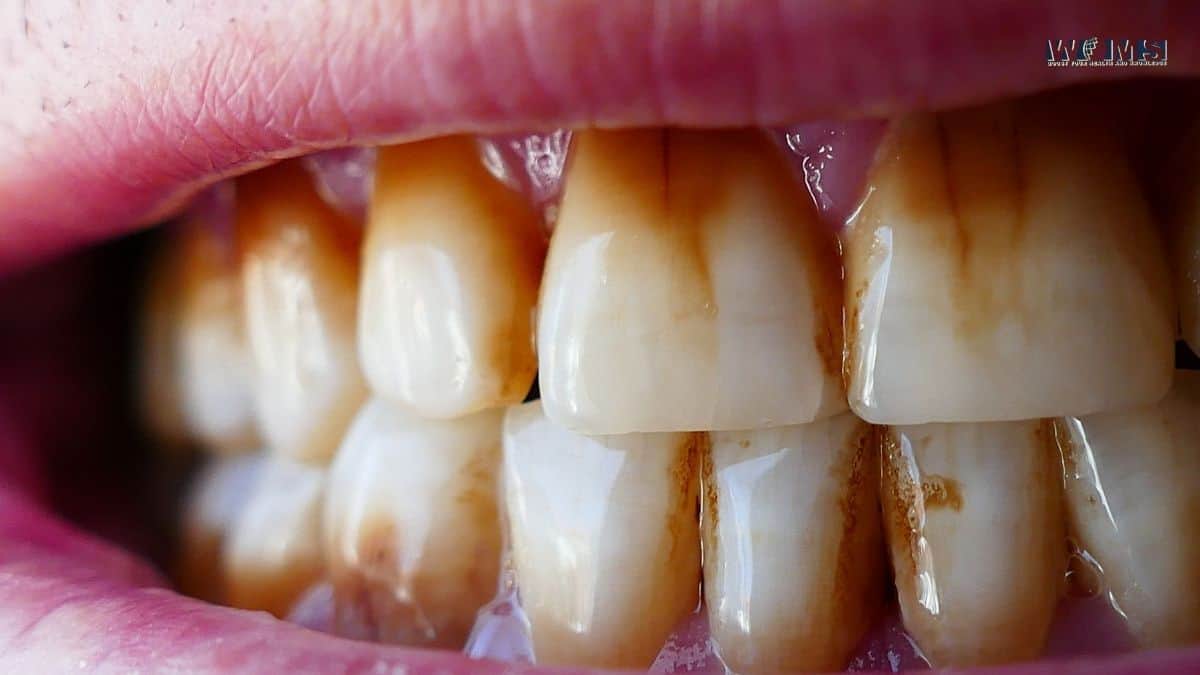
Why are my teeth yellow when I brush them every day is the common question which is present among the public. Most people desire to have whiter teeth. For this, they brush daily. But, they don’t achieve whiter teeth even after regular brushing.
There are several reasons due to which teeth appear yellowish. We’ll discover the reasons why teeth remain yellow after brushing.
Naturally, teeth are off-white. Even if you are a healthy person, you still have a slightly off-white teeth appearance. Teeth contain enamel and dentin.
Dentin is a yellowish-colored layer beneath the enamel. As enamel covers it, the tooth appears slightly off-white. Therefore, before visiting any dentist, you must know that teeth are not white.
We, however, strongly recommend getting in touch with a dentist before trying out any teeth whitening treatments. A simple online search should get you the contact information of the best dentists in your area. If you are looking for a Dentist Meridian, for example, just go to https://www.silverstonefamilydental.com/ and set up an appointment. A dentist can determine the underlying causes of tooth discoloration and identify any dental issues that may be contributing to the problem. A thorough examination allows the dentist to evaluate the extent of discoloration and recommend appropriate treatment options based on your specific needs.
What are the reasons for why are my yellow teeth when I brush them everyday?
Your teeth may appear yellowish due to stains on teeth. There may be internal or external stains on teeth. For this, you need to visit the dentist for a proper diagnosis and treatment plan. In this section, we’ll explore the reasons for yellow teeth.
Plaque accumulation:
Plaque deposits on teeth are one of the reasons for yellow teeth. Dental plaque accumulates when you don’t brush your teeth properly.
You brush your teeth but don’t clean all surfaces properly. You must know about the right technique for brushing your teeth. When you brush appropriately, there is no chance of yellow teeth.
External stains:
There may be external stains on your teeth. These stains are not easy to remove only with brushing. These stains are because of coffee, wine, and soda drinks.
These products include chromogens that stick to your teeth. In addition, nicotine products with oxygen leave yellowish stains on teeth. These stains turn dark brown after some time.
These all stains are not easy to remove with only brushing. For this, you need to consult your dentist. Moreover, you have to go through some dental procedures to get whiter teeth.
Internal stains:
There may be some internal stains on teeth. If you suffered from any dental trauma or injury, you might have tooth damage. Moreover, these stains are different from the normal yellowish appearance.
There may be black or grey spots in your teeth. In addition, these stains indicate any internal teeth bruising. These cannot be removed by brushing.
Aging process:
There is a decrease in tooth enamel surface with time. As enamel wears off, dentin starts appearing on the surface. Dentin is the part of teeth beneath the enamel.
Moreover, dentin appears yellow. Therefore, with age, teeth look yellowish even after brushing. Your health also affects the appearance of your teeth.
Dietary habits:
Your diet plays a great role in the appearance of your teeth. Several foods can stain your teeth easily. These stains are not removable with only brushing.
Certain drinks like tea and coffee can stain your teeth. Moreover, acidic foods erode your enamel surfaces. In addition, it also softens the enamel. Soft enamel surfaces are vulnerable to stains.
Diseases and medications:
Several diseases and medicines are also the cause of yellowish teeth. Nutritional deficiencies can turn your teeth yellow. Moreover, some medicines can also cause yellowish teeth.
In addition, cancer treatment can also cause yellowish teeth even after regular brushing. Anti-psychotics, tetracycline, and doxycycline are the major causes of yellow teeth stain.
Genetics:
Genetics also play a role in having whiter or yellowish teeth. Some people have genes that exhibit whiter teeth than others. Moreover, there are some people who have genes for yellowish teeth.
Somehow, it also depends on the genetics of a person to have whiter or yellowish teeth.
How to get rid of yellow teeth?
Your dentist will suggest a better treatment plan for your yellow teeth according to conditions. If there are plaque deposits, your dentist will suggest you deep cleaning of teeth.
Deep cleaning teeth remove plaque deposits on your teeth surfaces. In addition, it also removes plaque or tartar from root surfaces. Your dentist will perform this procedure in the dental office.
Moreover, if there are external stains on your teeth, there are different treatment plans. One of them is a teeth whitening procedure.
But before going to any treatment, you must consult your dentist. There are some other ways to prevent yellowish teeth after brushing.
Good oral hygiene:
Good oral hygiene is a key factor to maintain white teeth. Proper brushing for two minutes twice daily can keep your mouth healthy.
In addition, flossing between the teeth can also clean your interdental surfaces. Moreover, visit the dentist after every six months to prevent any stains and other dental problems.
Avoid stain-causing products:
Good oral hygiene is important, but still, you can get stains from different food. So, it is necessary to avoid such foods that can cause teeth stains.
Coffee and other acidic products can leave stains on your teeth. You can avoid them by immediately brushing after using them but not after acidic foods. Acidic food softens the enamel and is vulnerable to erosion.
What is a teeth whitening procedure?
Teeth whitening procedure is recommended to white your teeth. Your dentist will suggest this treatment according to your desire. Moreover, this treatment includes bleaching treatment by the dentist.
Maybe your dentist can also provide you with whitening custom trays. From this, you can whiten your teeth at home. Both options will help you with an enhanced radiant smile.
Teeth bleaching includes some powerful agents to make your teeth white. Your dentist may use heat, light, or a combination of both to enhance the whitening procedure.
Your teeth may get three to eight shades brighter after this dental procedure. It may take about half to two hours for the completion.
While teeth whitening is certainly an appealing process, you should read up about everything involved beforehand. The process is actually very safe and it is not bad for teeth. For more information, consider this helpful resource from smileprep.com on everything you should know about teeth whitening before getting started.
At-home bleaching options:
There are different options for teeth whitening procedures at home. It includes tooth whitening strips and gels applied directly on the teeth.
Moreover, there are tray-based tooth bleaching systems for the whitening of teeth. In addition, there is also whitening toothpaste for your convenience.
Also read: Can Wisdom teeth grow back?
Conclusion:
It’s very irritating to have yellow teeth even when you have a habit of brushing your teeth, You might know from reading the article why are your teeth yellow when you brush them every day and got answers to it too.
You can try the procedure and tips in the article to get your desired white teeth. Do seek the help of the dentist and do not fully depend on these tips only.
Frequently asked questions(FAQs):
Why is brushing not enough to remove yellowish teeth stains?
Proper brushing can keep your teeth clean with no plaque deposits. Yellow stains on teeth are because of many other reasons. It is important to remove the cause rather than only superficial brushing. There may be some other treatment approaches to clean your teeth. For this, visit your dentist and go for appropriate treatment.
What is the proper way of brushing for the removal of plaque?
According to the American dental association:
1. Place your brush at 45° to the gums.
2. Gently move your brush back and forth on tooth surfaces
3. Clean the outer and inner surfaces of the teeth. Moreover, also clean the chewing surfaces of teeth.
4. For interdental surfaces, hold your brush vertically to your teeth. And brush in an upward and downward direction.
5. Don’t brush aggressively.
6. Brush for at least two minutes with a soft-bristle brush
7. Replace your brush after every three to four months.

